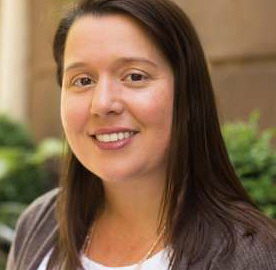The Matanza-Riachuelo is the most contaminated river basin in Argentina and the country’s most visible environmental issue. Pollution levels have increased steadily with urbanization in the Buenos Aires metropolitan area. The environmental and social degradation can be largely attributed to limited public infrastructure investment, poor environmental management, and lack of adequate urban and industrial planning. The basin is also home to Argentina’s largest concentrations of urban poor – of approximately 3.5 million basin inhabitants, 1.2 million live below the poverty line; an estimated 10 percent of the population lives in informal settlements, often in flood-prone areas and/or near open garbage dumps; the poorest populations living alongside the river are in constant contact with numerous contaminants ranging from untreated organic waste to toxic industrial chemicals.
In 2009 a multi-year investment and rehabilitation program by the national government was approved, along with a multi-million dollar World Bank loan to Argentina. This program is the single largest urban environmental project undertaken by the international community within an individual city in any developing country. Its breadth, ambition, difficulty, and substantial financial resources make it an important experiment in development cooperation as well as urban environmental rehabilitation.
GPIA student work began on the 2010 Buenos Aires IFP, and for the last four years has been primarily informal and qualitative monitoring and evaluation of the efforts of national, provincial and local governmental and other institutional and civil society actors to remedy and develop the highly polluted area. The work was limited by not having a set of uniform indicators and a baseline that could be followed year-to-year. In this way, the project could not check back against a baseline to measure real impact and progress.
This PIA project seeks to accomplish two tasks:
1) Gather, review and summarize past years’ project work with the aim of developing an “after-the-fact” baseline for area conditions prior to 2010.
2) Install quantitative and qualitative measurable indicators so that the Argentina IFP 2014 cohort can conduct a baseline measurement.
This project would obviously benefit from the experience of IFP 2013 participants. However anyone with an interest in Monitoring and Evaluation is encouraged to join the project. Students who wish to participate in this project must enroll in Mark Johnson’s PIA I Project Design section.



